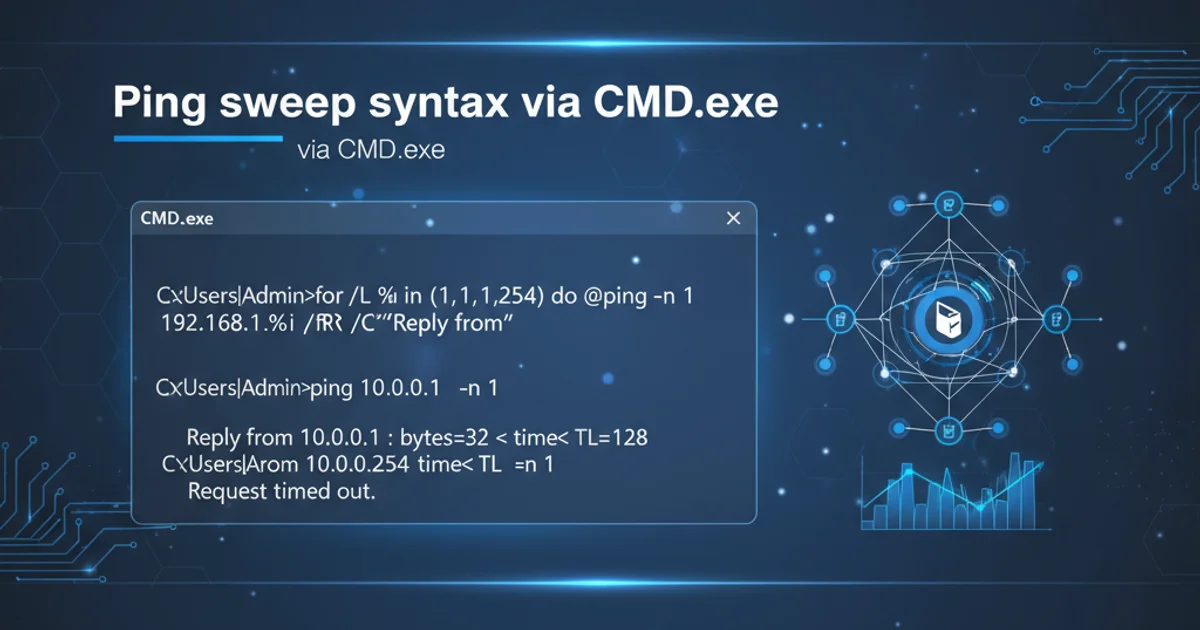Access denied and getting Sorry, you're not authorized to view this page, after upgrading plugins...
Categories:
Resolving 'Access Denied' After Grails Spring Security 2.0 Upgrade

Learn to troubleshoot and fix 'Sorry, you're not authorized to view this page' errors encountered after upgrading Spring Security Core to version 2.0 in Grails applications.
Upgrading plugins in a Grails application can sometimes introduce unexpected behavior, especially with core security components. A common issue faced by developers after upgrading the Spring Security Core plugin to version 2.0 (or later) is encountering 'Access Denied' messages, often displayed as 'Sorry, you're not authorized to view this page.' This article will guide you through the common causes of this problem and provide solutions to restore proper access control in your Grails application.
Understanding the Change in Spring Security Core 2.0
Spring Security Core 2.0 introduced significant changes, particularly in how URL access rules are defined and processed. Older versions often relied on a more implicit configuration or different syntax for Requestmap entries. The upgrade might invalidate your existing security configurations, leading to all authenticated users (or even unauthenticated ones) being denied access to pages they should be able to view. The key areas to investigate are your Config.groovy (or application.yml for Grails 3+) and any custom Requestmap entries or security filters.
flowchart TD
A[User Request] --> B{Spring Security Filter Chain}
B --> C{Authentication?}
C -- Yes --> D{Authorization?}
C -- No --> E[Redirect to Login]
D -- Yes --> F[Grant Access]
D -- No --> G["Access Denied (403)"]
G --> H["Display 'Sorry, you're not authorized'"]Simplified Spring Security Request Flow Leading to Access Denied
Common Causes and Solutions
The 'Access Denied' error typically stems from misconfigured URL access rules or issues with how roles are being assigned and recognized. Let's explore the most frequent culprits and their respective fixes.
1. Incorrect URL Access Rules in Config.groovy
The most common reason for access denied errors after an upgrade is an outdated or incorrect configuration in grails-app/conf/Config.groovy. Spring Security 2.0 might have stricter parsing or different default behaviors for grails.plugin.springsecurity.controllerAnnotations.staticRules or grails.plugin.springsecurity.interceptUrlMap.
// Old (potentially problematic) configuration
grails.plugin.springsecurity.controllerAnnotations.staticRules = [
'/admin/**': ['ROLE_ADMIN'],
'/user/**': ['ROLE_USER', 'ROLE_ADMIN'],
'/**': ['IS_AUTHENTICATED_REMEMBERED']
]
// Recommended configuration for Spring Security 2.0+
grails.plugin.springsecurity.interceptUrlMap = [
'/admin/**': ['ROLE_ADMIN'],
'/user/**': ['ROLE_USER', 'ROLE_ADMIN'],
'/': ['permitAll'],
'/login/**': ['permitAll'],
'/logout/**': ['permitAll'],
'/**': ['isAuthenticated()'] // Or 'IS_AUTHENTICATED_REMEMBERED'
]
Comparing old and new Spring Security URL access rule configurations
Ensure you are using the correct syntax and that your roles are properly defined. The isAuthenticated() expression is generally preferred over IS_AUTHENTICATED_REMEMBERED for authenticated access. Also, explicitly permit access to your login and logout pages.
2. Missing or Misconfigured Requestmap Entries
If you're using dynamic Requestmap entries (e.g., stored in a database), ensure that the Requestmap class and its associated service are compatible with Spring Security 2.0. The plugin might have changed how it queries or interprets these entries. Verify that your Requestmap domain class has the correct properties and that your service is correctly populating them.
// Example Requestmap domain class (ensure it matches plugin expectations)
class Requestmap {
String url
String configAttribute
static constraints = {
url blank: false, unique: true
configAttribute blank: false
}
static mapping = {
cache true
}
}
Example of a Requestmap domain class
Config.groovy or Requestmap entries, always restart your Grails application to ensure the changes are picked up by the Spring Security plugin.3. Role Hierarchy Issues
If you're using a role hierarchy (e.g., ROLE_ADMIN > ROLE_USER), verify that it's correctly defined in Config.groovy and that the hierarchy is being applied. An incorrect hierarchy can lead to users with higher roles being denied access to resources intended for lower roles.
// Example role hierarchy configuration
grails.plugin.springsecurity.roleHierarchy = '''
ROLE_ADMIN > ROLE_USER
ROLE_USER > ROLE_GUEST
'''
Defining a role hierarchy in Config.groovy
4. Debugging Spring Security
To get more insight into why access is being denied, increase the logging level for Spring Security. This will provide detailed information about which access decision voters are being invoked and why they are denying access.
// In grails-app/conf/logback.groovy (or log4j.properties for older Grails)
logger("org.springframework.security", DEBUG, ['STDOUT'], false)
logger("grails.plugin.springsecurity", DEBUG, ['STDOUT'], false)
Increasing Spring Security logging level for debugging
Review your application logs after setting the debug level. Look for messages from AccessDecisionManager or FilterSecurityInterceptor that indicate why access was denied. This can pinpoint the exact rule or lack thereof that is causing the issue.
1. Review Config.groovy
Carefully examine your grails.plugin.springsecurity.interceptUrlMap and grails.plugin.springsecurity.controllerAnnotations.staticRules (if used) for any outdated syntax or missing entries. Ensure permitAll is used for public pages like login/logout.
2. Check Requestmap (if applicable)
If you're using dynamic Requestmap entries, verify that your Requestmap domain class and service are correctly configured and populating the database with valid URL patterns and roles.
3. Enable Debug Logging
Set Spring Security logging to DEBUG level in logback.groovy or log4j.properties to get detailed insights into the access decision process.
4. Analyze Logs
After reproducing the 'Access Denied' error, review the debug logs for messages from Spring Security components to identify the specific rule or condition that led to the denial.
5. Clear Cache and Restart
Always perform a clean build (grails clean, grails compile, grails run-app) after making configuration changes to ensure no old cached configurations are interfering.